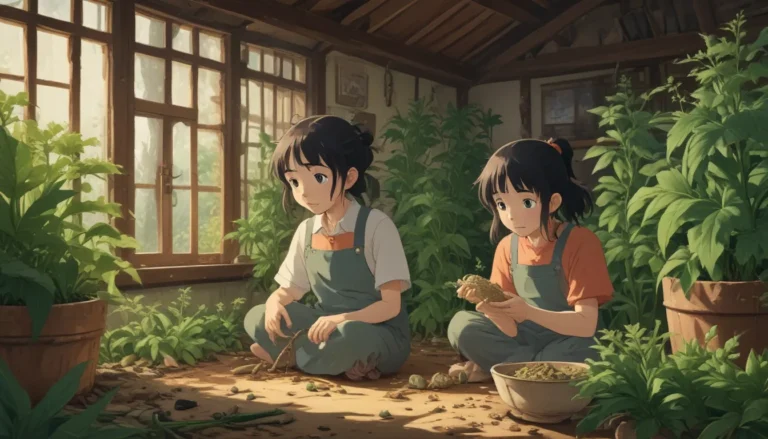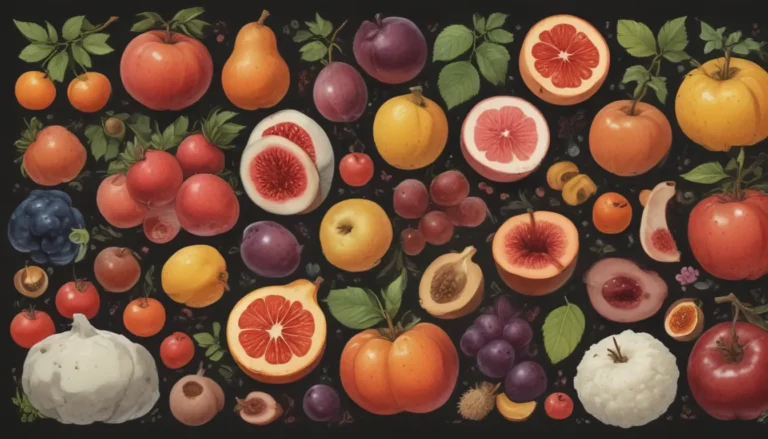Everything You Need to Know About Growing Crocuses in Cold Weather

When I moved into my little Alaskan house almost two years ago, it was newly built and knee-deep in a muddy, mostly barren yard. The first thing I did that spring was plant eleven trees – including three apple trees that have survived moose attacks, subzero temperatures, and high winds. I wanted to sow a field of wildflowers to go with the trees, but the mixed seed bag I bought at the nursery to test out in my flower beds produced blooms that just didn’t look wild enough for me. So I planted grass instead. But I’ve since learned that there’s a flower to satisfy my desire for something wild-looking.
Best of all? It pairs well with grass, and you can plant these all over your lawn for a field of early spring or autumn blooms. Even better, these particular flowers become established amazingly well, providing a flower-carpeted lawn once a year with little effort from you. I’m talking about the dainty yet tenacious crocus.
Crocuses are amazing flowers that can withstand very cold temperatures and even bloom through snow. Let’s dive into the world of crocuses and see just how hardy they truly are.
What You’ll Learn
- Crocuses and Cold Soil
- Can Crocuses Stay Alive Through Deep Freezes?
- Why Do Crocuses Need the Cold?
- Will Snow Hurt My Crocuses?
- What About Saffron Crocus?
Crocuses and Cold Soil
Most crocus corms need to go in the ground six to eight weeks before the first frost because they actually need the cold to thrive. You can grow them in a wide range of zones, even up to Zone 9 if you chill the corms in your refrigerator before planting them out in the spring.
Crocuses are native to areas with chilly winter temperatures, so they need to stay cold – in soil 35°F or below – to bloom. Without this chilling period, they won’t blossom.
Did you know that crocuses need to stay cold for about four months in the wintertime to prepare for their beautiful spring bloom? This is why they are so resilient in cold climates.
Can Crocuses Stay Alive Through Deep Freezes?
One of the remarkable things about crocuses is their ability to survive extremely cold temperatures. Even in USDA Hardiness Zone 3 where the low can reach -40°F, these bulbs will hibernate underground until the soil warms up in early spring.
If you live in Zone 3 or 4, planting the corms four inches deep instead of the usual three can provide extra insulation, helping them withstand the harsh winter temperatures.
Crocuses are patient and hardy flowers, blooming through snow and cold temperatures, signaling the arrival of spring. They will amaze you with their resilience and beauty.
Why Do Crocuses Need the Cold?
According to a study published in 2015, the life cycle of a crocus involves a dormancy period during the hot summer months and a growth period during cold temperatures. The freezing temperatures in winter prompt a biochemical response that triggers blooming in the spring.
Crocuses have a fascinating life cycle that involves dormancy and growth phases triggered by temperature changes. This adaptability to winter conditions is what makes them bloom so beautifully in the spring.
Will Snow Hurt My Crocuses?
Contrary to popular belief, snow acts as an insulator for crocuses, protecting them from drying out in winter. The pretty blooms often push through late-winter snow, heralding the arrival of spring. Once the snow melts, it provides much-needed water for the thirsty roots.
Even if there’s a cold snap after the flowers have bloomed, covering them with a frost barrier or spraying them with water can protect them from drying out. If the blooms do die from the cold, don’t worry – your crocus will bloom again the following year.
Snow is actually beneficial for crocuses, providing insulation and moisture for the plants. Even if the blooms die in the cold, they will return next year, bringing a new burst of color to your garden.
What About Saffron Crocus?
Unlike other varieties, saffron crocus blooms in the fall and is hardy in USDA Hardiness Zones 6 to 10. Planting in August and bringing the corms indoors after blooming will ensure their survival through the winter.
If you’re interested in growing saffron crocus, make sure to plant them in the fall and bring them indoors after blooming. This unique variety requires special care to thrive.
Crocuses Were Made for Lovers of Snow
Spring-blooming crocuses are the perfect flower for those in cold climates. Whether you plant them in the snow-topped ground or wait for the first signs of spring, crocuses will bring a burst of color to your garden.
Planting crocuses in your yard is a rewarding experience, especially for those who endure long winters. These resilient flowers will brighten up your garden and signal the arrival of spring.
In conclusion, crocuses are remarkable flowers that can withstand freezing temperatures and even bloom through snow. By understanding their cold weather needs and life cycle, you can help these beautiful blooms thrive in your garden. So go ahead, plant some crocuses, and watch them transform your yard into a colorful paradise come springtime.





